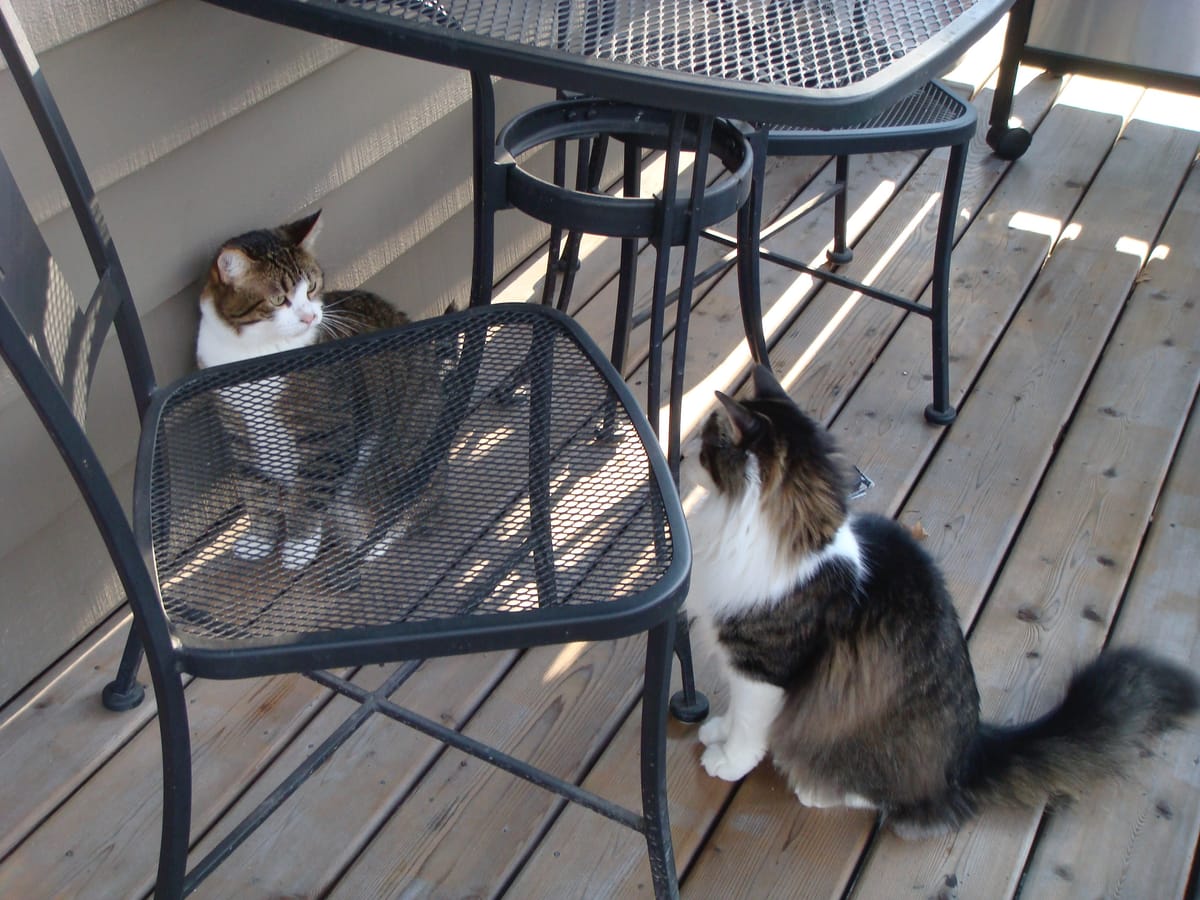Smart People Disagree. That's Not a Bug, it's a Feature.

Smart People Disagree. If you’ve ever worked with me, you’ve probably heard me say that. Getting people aligned starts with being OK with disagreement. Which is tough because lots of people are uncomfortable with disagreement or its neighbor up the escalation path, conflict. So we’re going to spend the rest of this first miniseries on alignment talking about getting comfortable with and navigating disagreement.
Why start with disagreement? Why not start with goals, or decision making, or strategy, or stakeholder management? Because in my experience, you need to start with the people. Story time!
At one point in my career I was an agile nerd. (I mean that in the “build empowered teams that embrace change” way not the “Scaled Agile Framework™” way.) I loved coaching teams and helping them be more self-directed and effective. Then, I started working as a product manager and discovered the product management leadership and the engineering leadership in my company were always at odds, and blaming each other for having poor process. So I threw myself at every problem leadership brought up by working with a small inter-departmental team to improve our shared product development processes. We worked earnestly together and implemented many improvements. But our leadership teams still fought as much as ever and were making it harder and harder for both product managers and the engineering teams to get anything done.
And then, one day, I realized the process argument was just a proxy. In reality, our leaders were completely out of alignment about what they valued, what their goals were, and what success meant for them or their teams. And as long as that was true, no amount of frameworks or checklists or review meetings or retrospectives was going to make things better. Work happens in a system that is comprised of people, process, and culture. Process wasn’t going to make a difference when the people part of the system was so broken.
And, let’s face it, often, you’re handed a process to follow, and culture shifts take time. Even if your goal is to change the process or culture, you need to work with people to do that. No matter what your official position is on a team, leveling up in how you handle disagreements will help you make a difference. In other words, leadership can come from anywhere and working through disagreements is a form of leadership.
So back to “smart people disagree!” Early in my career in engineering I realized that it wasn’t surprising that if you got a bunch of engaged and earnest engineers in a room there were bound to be disagreements. Some of the teams I was on early in my career were great at focusing on the problem and solution and not letting those disagreements feel personal. We had really fun sessions beating up problems and trying to hone the best solution. I might leave those exhausted but always feeling like it was time well spent.
Later in my career, I was in a lot of environments that weren’t like that at all. Sometimes, conflict was indulged in for its own sake, allowing personal attacks and without serving to drive to an improved solution. Other times, the culture was so “nice” that any disagreement stopped the conversation cold and nothing ever got resolved.
These both made me crazy. People who care and are good at their jobs are going to disagree. Sure, so are people who don’t care and are bad at their jobs. But my point is that even when things are going well, disagreements are part of work. It’s not a bug, it’s a feature.
Smart people disagree. And that’s OK, as long as we work through it in away that finds truth while keeping relationships whole - or even improving them.
Your Dot Release: Listen for disagreements. Are they identified as disagreements or left unacknowledged? What emotions do you see in others or feel yourself? If a disagreement gets resolved - how did it get resolved? All of these will give you some concrete examples to workshop next week, when we’ll talk about defusing disagreement to move on.
This is post 2 of ? in a miniseries on Alignment 101. The first post is What is Alignment and Why Do I Care?
Welcome to the Dot Release, my newsletter for focused and actionable career, leadership, and product advice. You don't need a full upgrade, just implement a dot release! Subscribe